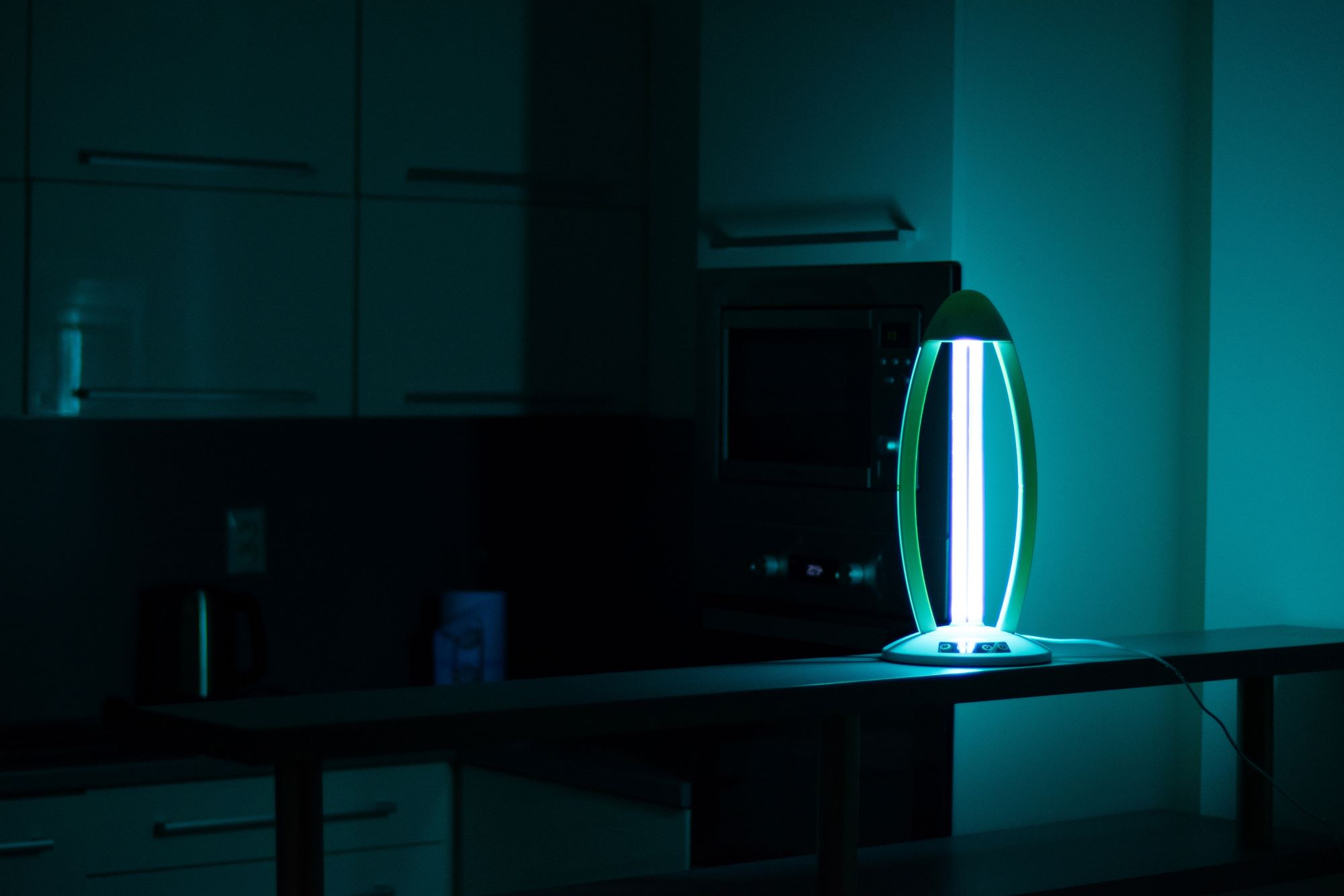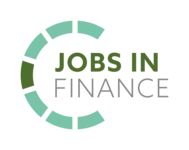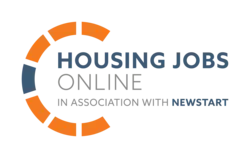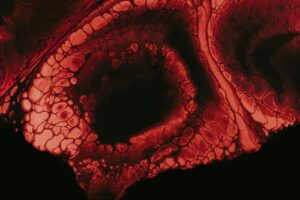Researchers have discovered an unforeseen consequence of using germicidal ultraviolet (GUV) light to kill airborne viruses and bacteria in medical or food production settings – it may actually create harmful new pollutants.
GUV light has become a popular tool for disinfecting indoor spaces, especially in the wake of the COVID-19 pandemic. The lamps emit ultraviolet light at specific wavelengths to kill airborne viruses and bacteria by damaging their genetic material.

Traditionally this wavelength has been or 254 nanometers (GUV254) but more recently there has been a move towards 222 nanometers (GUV222) which is classified as far-UVC light.
Both GUV222 and GUV254 are effective at killing viruses and bacteria but far-UVC light is considered to be safer for human exposure because it doesn’t penetrate deeply into the skin or eyes. Conventional UVC light does, so when used to decontaminate rooms, it can only do so when the room is empty or in an ‘upper-room’ configuration, where it is mounted high, away from people.
A new study, led by researchers from the University of York in collaboration with institutions including the University of Colorado Boulder, Johns Hopkins University, Rutgers University and NHS Tayside, used computer modeling to explore how the two types of GUV light affected the air chemistry inside buildings.
In a simulated kitchen, ozone levels were found to be 11 times higher under far-UVC light than under standard incandescent lighting. An increase in reactive chemicals in the air, such as hydroxyl radicals and related compounds, was also seen especially when the light intensity was higher.
In contrast, conventional UVC had very little effect on indoor air composition.
In a separate simulation of an occupied classroom, the researchers observed that far-UVC light could trigger the formation of chemical byproducts, primarily from the breakdown of skin oils and reactions with surfaces. The concentration of these byproducts reached 5.3 ppb under far-UVC, compared to 0.08 ppb measured under conventional UVC.
These byproducts included compounds like nonanal and decanal, which are created when ozone reacts with organic materials from people and surfaces and which, in higher amounts, can irritate the eyes, nose or throat.
The study also reported that the overall potential for producing secondary pollutants was nearly 28 times higher with far-UVC than with conventional UVC.
Dr. Toby Carter, the lead author from the University of York, said: ‘Our findings underscore the importance of looking beyond the pathogen removal capabilities of UVC lights. We need to fully understand their impact on the air we breathe indoors to ensure these technologies truly benefit public health. Although GUV lamps can remove biological pathogens like the COVID-19 virus, they can produce chemical pollutants as they do so.
‘We hope this research provides crucial insights for policymakers, manufacturers, and consumers to make informed decisions about implementing GUV air cleaning technology.
‘The impact of air pollutants can be particularly harmful for vulnerable people – that is why our study examined real world situations such as classrooms in schools.’

















Leave a Reply